1. Distinct Social Protocols
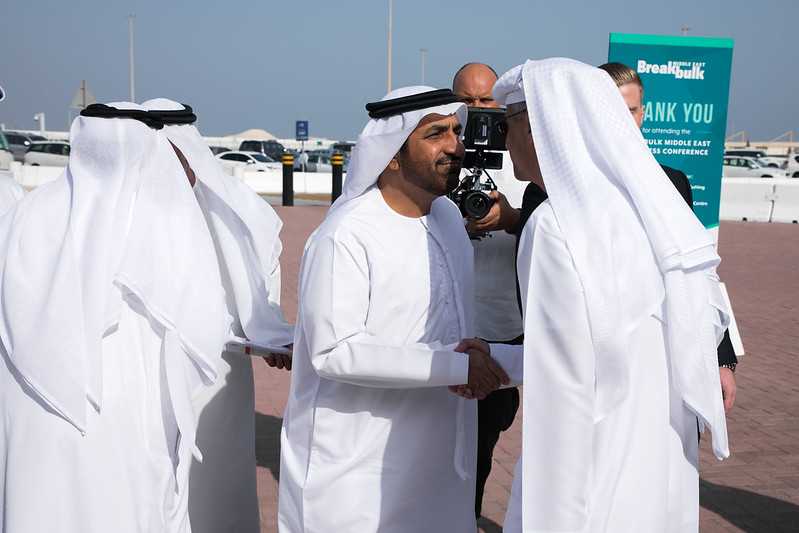
Emiratis follow distinct and peculiar ways of greeting each other; with men touching each other's nose in what is called as Emirati kiss, Khusmak. A steady handshake using the right hand, and a warm embrace between the same gender are also some common ways of greeting. Though, due to religious adherence, a handshake or a hug is often not used as a way to greet between the opposite gender. As an alternative greeting, a brief nod with a hand placed on the heart and a smile is also often used.
Clicking pictures of people, especially women, without their permission, staring or complementing women, criticizing Islam, dressing inappropriately in public, are some other acts that are frowned upon in the UAE. Further, showing public display of affection of any scale is prohibited here and is a punishable offence by law.
2. Customs and Traditions
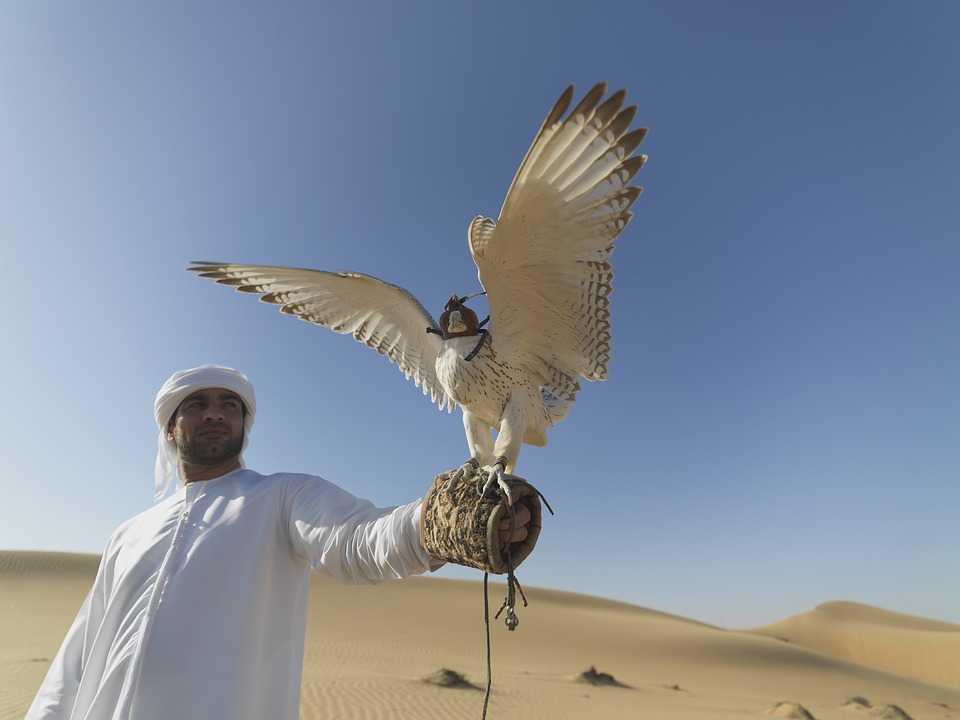
Emiratis practice a variety of customs and traditions that are distinct and unique to their country. For instance, Arab coffee is served in Dallah - the Arabic coffee pot to guests in this country as a symbol of hospitality. It is deemed rude and disrespectful to refuse it as it is offered in a welcoming gesture. Falconry is another tradition in UAE that reflects the Bedouin culture of UAE, dating back to hundreds of years. The falcon called as ‘Saqr’, is considered a symbol of bravery, resolution, strong-will, elegance, and contentment. Abu Dhabi Falcon Hospital is one of the most famous places for falconry; known for its desert safaris that provide easy access to the bird to the delight of visitors.
Marriage is also an important traditional affair in the country, involving several traditions, rituals and a big feast. Marriage outside the same kinship is discouraged and frowned upon in UAE and is arranged by the parents. The Laylat Al Henna or the Henna night is an important custom practised in Arab weddings. This is a close-knit event reserved for the bride and her close female relatives and friends. It is marked with their hands being decorated in beautiful henna designs by the henna artist. The choice of henna is also often used to determine the financial condition of her family.
3. Incredible Architecture
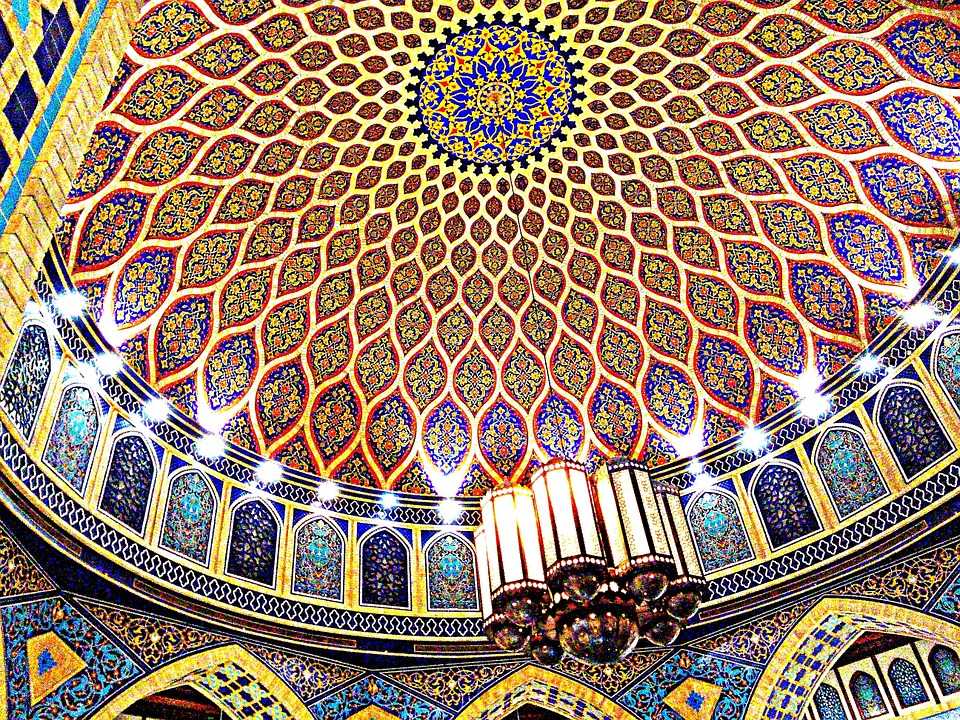 Dubai Mall in UAE" width="700" height="525" data-mce-src="https://www.holidify.com/images/cmsuploads/compressed/architecture_20190516154509.jpg">
Dubai Mall in UAE" width="700" height="525" data-mce-src="https://www.holidify.com/images/cmsuploads/compressed/architecture_20190516154509.jpg">Heavily influenced and inspired by Persian, Arabian, and Islamic architecture, the architecture here reflects the age-old customs, traditions, lifestyle & the rich culture of UAE and the Emiratis. The local architects utilize a diverse range of materials and survey the climatic conditions carefully to ensure that people get sufficient ventilation and privacy. ‘Barjeel’ or a ‘Windtower’ is a typical Iranian architectural element that is employed to generate natural ventilation. The malls and hotels in the UAE have the best architecture as the country is usually flooded by tourists who visit these buildings.
Some of the buildings known for its incredible architecture in this country are as follows:
- Souk Madinat, Dubai
- Sheikh Zayed Grand Mosque, Abu Dhabi
- The Emirates Palace hotel, Abu Dhabi
- The Burj Khalifa, Dubai
- The Dubai Mall, Dubai
- Etihad Towers, Abu Dhabi
4. Religion
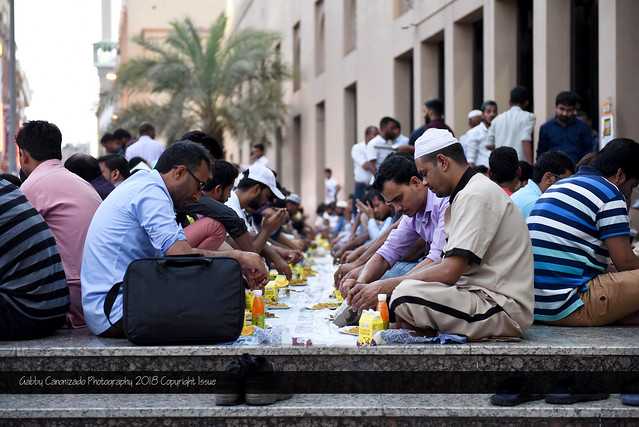
Religion plays a significant role in the cities of UAE; with equal respect given to all religious practices across cultures. A majority of the population (approximately 76%) practice Islam in the country; with more Sunni than Shia Muslims. Hinduism, Christianity, Buddhism, Sikhism, and Judaism, are the other minority religions practised in the country.
The country is home to some of the most beautiful mosques in the world, and there are specific laws in place so that Muslims can practice Islam. For instance, working hours are reduced by two hours during Ramadan. Also, the official working days are Sunday to Thursday, so that Muslims can offer their Friday prayers without any difficulty. While all religions are considered to be equal in the country, any encouragement given to Muslims to convert their faith is seen as a heinous crime. For instance, there have been cases where people were deported out of the country for distributing Bibles to Muslims.
5. Art in the UAE
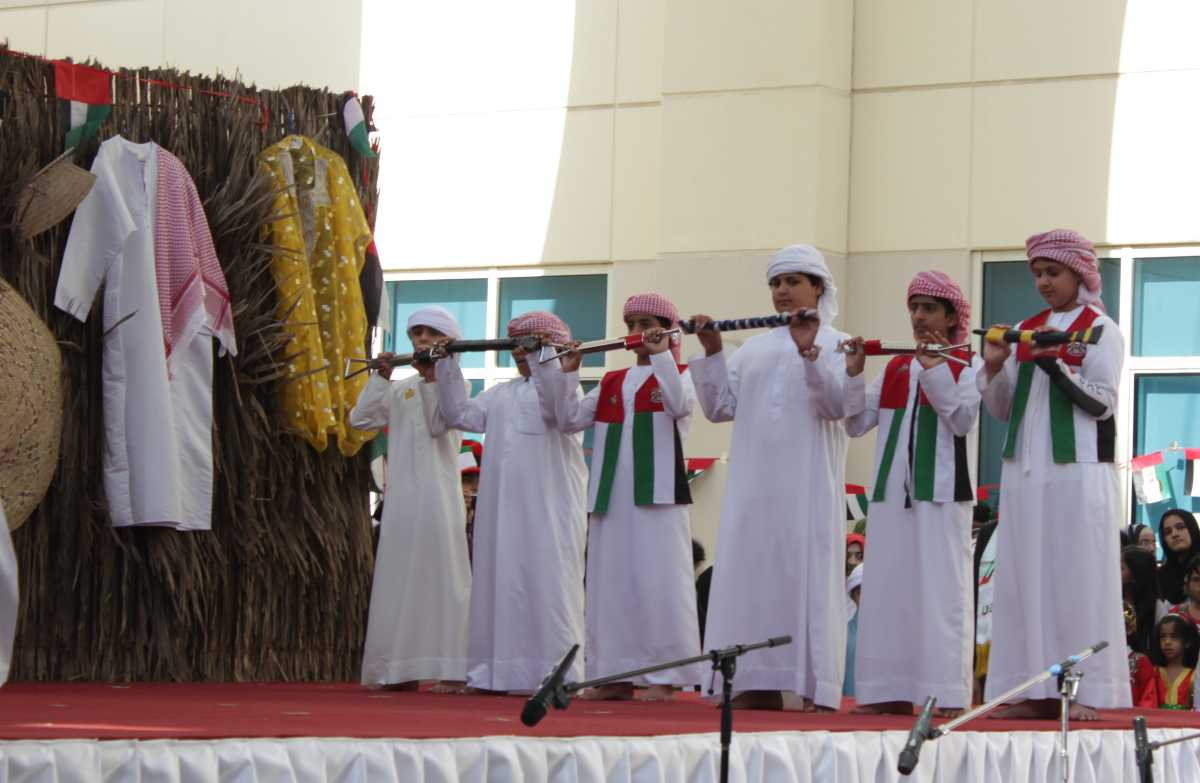
The diverse culture of UAE can further be observed in elements such as art, music, dance, literature, and theatre. There are many art galleries and museums in this country that reflect the past as well as provide some insight into the future. Calligraphy is a famous traditional art here, that presents Arabic words as an aesthetic piece of art. When it comes to contemporary literature, ‘Nabati poetry’, that traces lives and routines of people over the years, and ‘Spoken poetry’ are two of the most popular elements in the UAE.
Music and dance also play a vital role in UAE; with songs and dances that have been passed down over generations and still performed during celebrations. Depicting traditional values such as unity among the tribe members, Stick dance is one of the most popular dance forms in UAE. Khaleegy is another popular dance form in UAE in which women rhythmically move their bodies and sway their hair to strong beats of music. The United Arab Emirates has also witnessed incredible performances by bestselling international artists such as Zayn Malik, Coldplay, Shakira, Linkin Park, etc.
6. Dressing Style
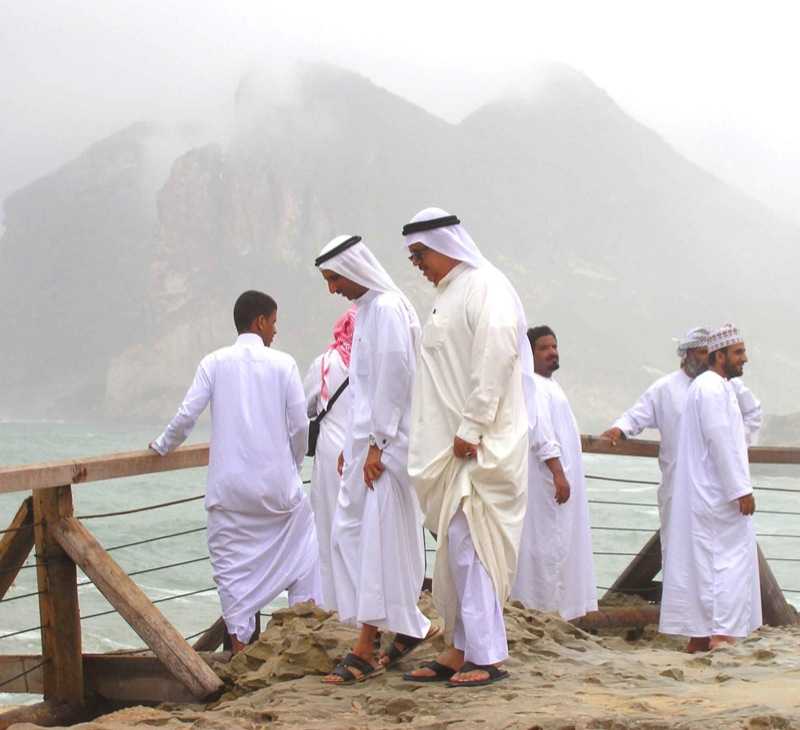
The style of dressing of the Emiratis is influenced by Islamic texts preaching modesty and conservativeness, and thus, men and women alike wear clothes that cover most parts of their body. Abaya, a long black cloak that covers the whole body except the feet, hands, and face, is the traditional dress of women in the Arab Emirates. It is often paired up with Niq?b and Gafaaz to cover hands and face by women. Burqa, an outer clothing piece worn over daily outfit, is also used by women to cover their whole body and face when they go out in public to prevent exposure of skin.
Kandura is a long and loose-fitting robe, usually white in colour, that is worn by men in the Arab Emirates and is generally paired up with Ghutrah, a typical headscarf that can be tied in various styles. The length of Kandura is often used to determine the status of the person, such that the longer the robe is, the more wealthy the person is. Further, some people, especially youths and expats, are seen wearing more western clothing items such as jeans and T-shirt in cities like Dubai.
7. Cuisine
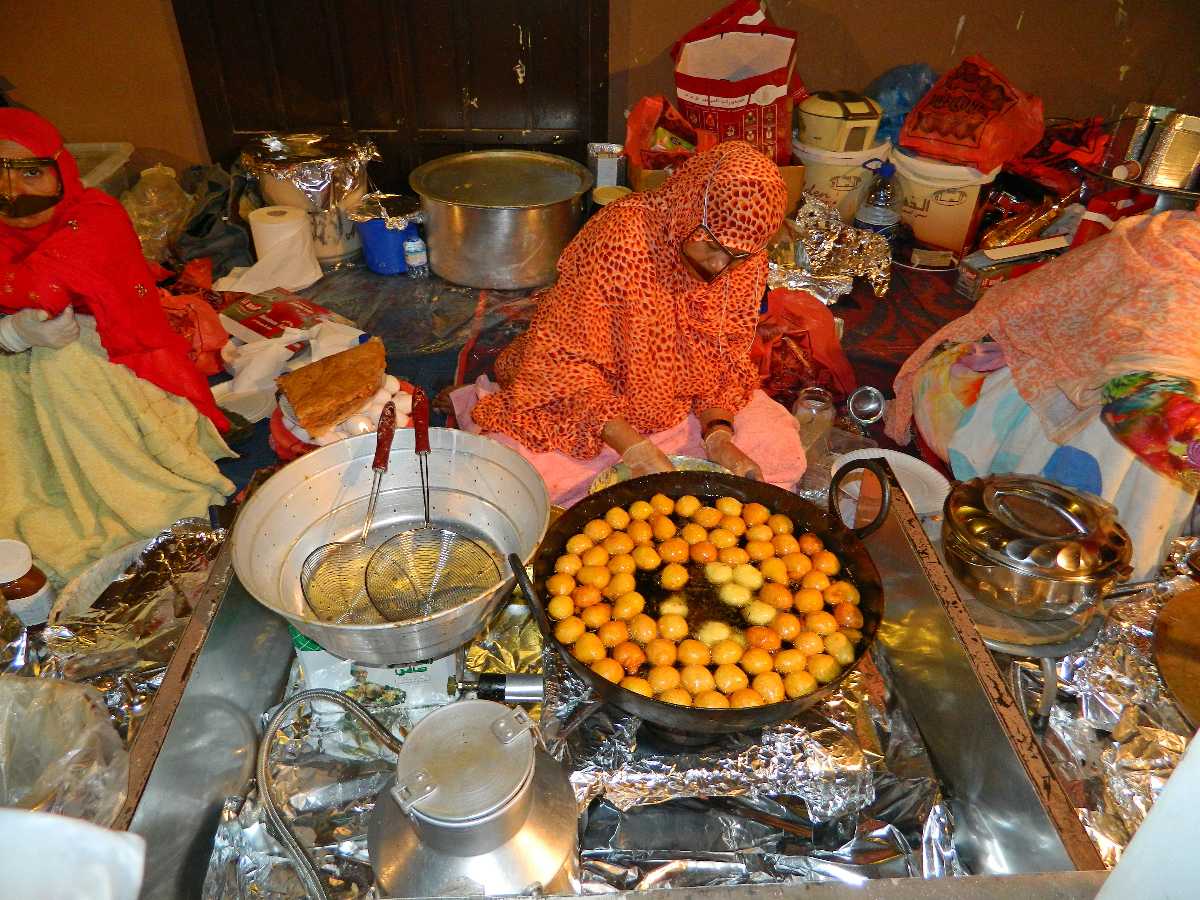
The cuisine is a reflection of the diverse culture of UAE, augmented with a number of spices and ingredients such as dates, cloves, cardamom, cinnamon, saffron, etc. A Bedouin recipe in which a cooked camel stuffed with goats, sheep, and chickens, is the specialty of this country. Though since camel meat is expensive, it is usually reserved for special occasions. Some other popular food items in this country are the following:
- Harees, prepared by slowly cooking cracked wheat and meat, and served in a small quantity during Eid and Ramadan.
- Kabsa consists of multiple rice dishes with vegetables and meat.
- Maqluba, a popular dish prepared by blending and cooking meat, rice, and vegetables in a pot and turning them over in the end so that the bottom layer lays on the top, is served with a simple salad, yogurt, or sauce.
Therefore, whether it is due to the incredible architectural sightings in Dubai and Abu Dhabi, or because of the delicious seafood served in the country, you are bound to enjoy the rich heritage and culture of UAE.
